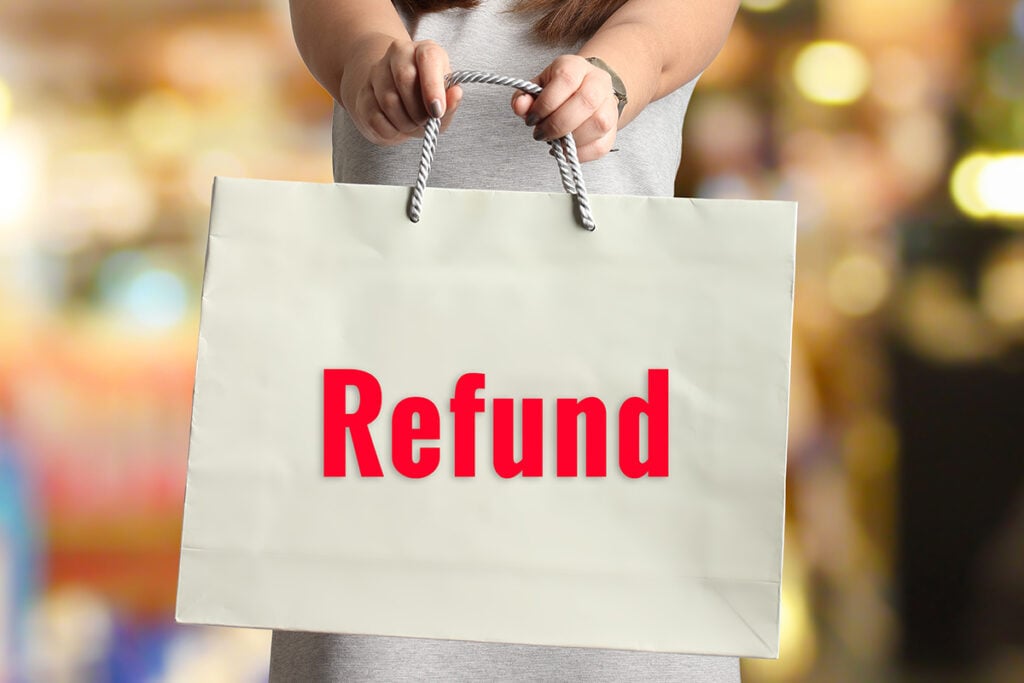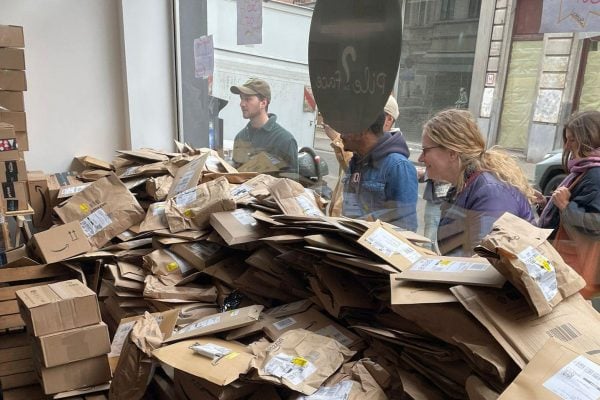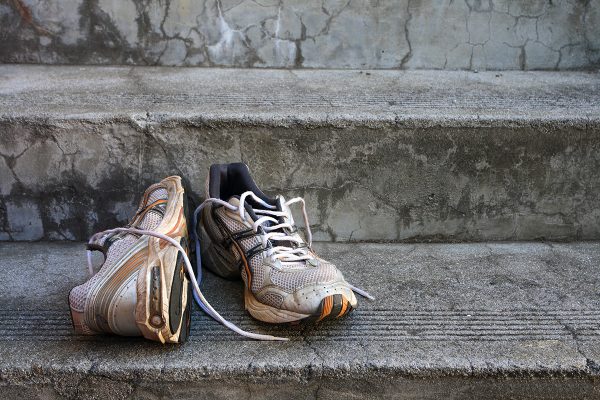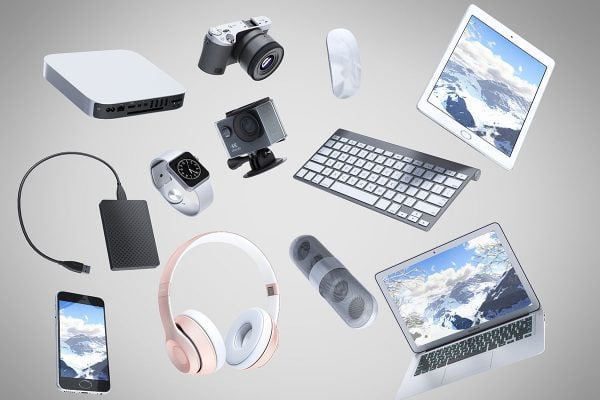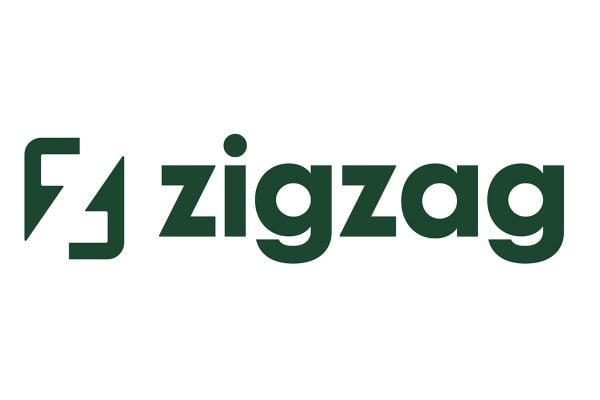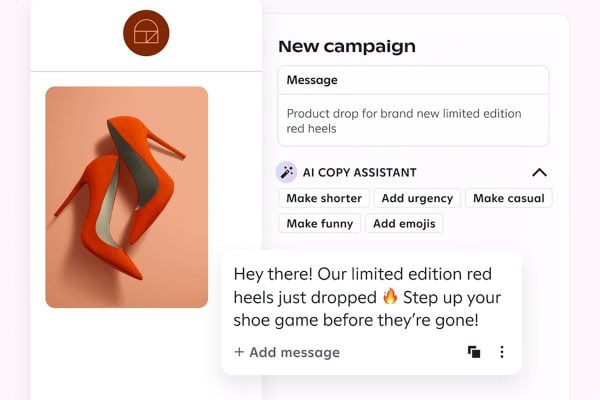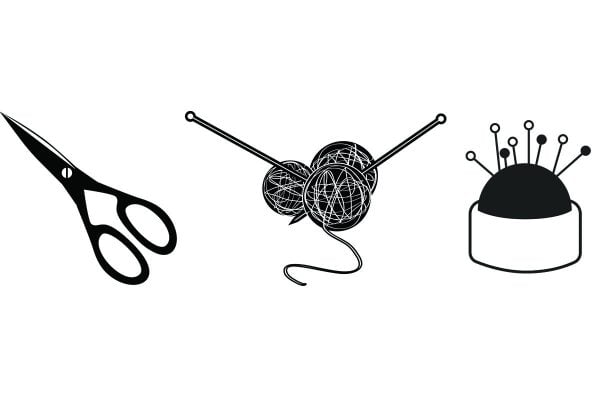 Today, Luke Toudup of ZigZag Global discusses what retailers should expect from Retail Returns in 2021 and how retailers can, and in some cases already are, adapting to serve customers in the new retail landscape created by COVID.
Today, Luke Toudup of ZigZag Global discusses what retailers should expect from Retail Returns in 2021 and how retailers can, and in some cases already are, adapting to serve customers in the new retail landscape created by COVID.Retail Returns in 2021
Lockdown III was released to closed cinemas across the UK at the start of January. The (hopefully) final installment of the poorly received lockdown trilogy will once again force non-essential stores to shut, only this time retailers are far more prepared.
Whilst the word ‘unprecedented’ may just be the most frequent and irritating word to hear right now, it does accurately describe the record-breaking ecommerce levels of 2020. With physical stores shut, consumers were forced to dip their toes into ecommerce, and many were satisfied with the convenience, speed of delivery, and cost. Ecommerce sales have remained at this new level since the first week of lockdown in March 2020.
Whilst many retailers struggled with the first lockdown, and will still face issues this time, they are better prepared. Fashion retailers worldwide increased their ecommerce capacities by expanding warehouses, increasing pick and pack teams, partnering with more carrier services, and improving their websites. This time, retailers will be ready to meet online demand right from the start.
Retail returns volumes to steadily increase alongside the new norm of ecommerce orders
Returns are a natural byproduct of ecommerce sales. You can’t have one without the other. Whilst many e-tailers have developed their websites and infrastructure to provide customers with the most hassle-free, intuitive online experiences possible, there will always be shortcomings. Whether it’s sizing issues, colours not as depicted through their screen, or delivery deadlines narrowly missed, returns are unavoidable.
US consumers are expected to return items bought over the Christmas period to the tune of $70bn (Wall Street Journal, 2021). ZigZag retailers have similarly seen a growing number of return requests from their customers, with return volumes rising by 20% since the first lockdown in March 2020. M&M Direct jumped to 3 million new users and Boohoo’s customer base increased by 27% in 2020. As ecommerce retailers welcome new customers to their online stores, increased returns should be expected. Unfamiliar customers may need to test out the sizing whilst those completely new to online shopping may not properly read descriptions or include items in their basket accidentally.
What’s new with returns?
Stores are shut temporarily but even when they do reopen it is likely that changing / fitting rooms will as well. COVID-19 guidelines state that the retailer must quarantine items tried on by a customer for a set period of time. Smart mirrors have been utilisied by brands such as Adidas and John Lewis, whilst Burberry has had success with “virtual try-on capability of its mobile app” to plug the CX hole created by closed fitting rooms. Whilst these technologies provide promise, they have not yet been adopted by all brands or customers. Wardrobing, the practice of purchasing multiple sizes with the intention of returning those that don’t fit, was something 45% of consumers participated in before the closure of fitting rooms. It is sensible to suggest this will become even more commonplace now.
ZigZag has seen a spike in collection from home requests from customers. With so many of us now working from home, socialising via Zoom, and even exercising in our living rooms with Joe Wicks, there’s only really one convenient place to hand over a return. Whilst not always a free option offered by retailers, it is becoming increasingly more popular for consumers.
Due to Brexit, ZigZag is also strongly encouraging retailers to refund on first scan. Whilst our returns are clearing daily, backlogs across the retail supply chain still exist and some orders still don’t have accurate or complete data, which causes delays. Retailers and brands that refund on the first scan can reduce the resource and cost associated with customer service teams answering “Where is my refund?” enquires.
The slow recovery of pre-COVID-19 footfall
In the run up to Christmas, the high-streets did start to feel a bit busier. In the first week of December, there was a rise in footfall of 21.2% from the previous week on UK highstreets. However overall footfall levels were still down nearly 30% overall from 2019 (Internet Retailing, 2020). The improving spirits of the public towards shopping in brick and mortar stores came tumbling down once again as the UK government announced stricter restrictions to stop the spread of a new COVID-19 variant.
Back in June of 2020, EY’s research revealed that four in five people said they would be uncomfortable trying on clothes in a store. Brands and retailers have largely done all they can to ease the public back into stores by promoting social distancing, installing hand sanitiser stations and closing changing rooms. However, with the ease to which shoppers have adopted online shopping in 2020 and new variants of the virus to consider, it could be a struggle to get customers back into stores again.
New ways of doing business for brick and mortar stores
Brick and mortar stores need a rebrand, a reboot. We are likely to see physical stores become attractions that engage customers with creative, personalised experiences. Shops will need to offer something different to what can just as easily be done online. With changing rooms likely to stay closed for the foreseeable future, this will likely have to be achieved with exciting new tech, be it through VR, AR Smart Mirrors or autonomous shopping carts.
Even how retailer’s traditionally pay rent could change. With non-essential stores, such as those owned by fashion labels, it may become necessary for stores to pay rent based on turnover or profits.
New fashion lines
Milan fashion week is likely to feature loungewear more prominently than ever before. Why not dedicate more of your budget to high-quality clothes meant for chilling out at home? Not only are tastes changing but so are needs. With so much time spent at home, many are opting to have more variety in those more comfortable apparel items such as slippers, gowns, and tracksuit bottoms.
Fast fashion could also see a dip in its popularity. Whilst our own figures still show an increasing appetite for fast fashion items, there’s always the possibility that as people socialise and go out less, the need to have different and current outfits becomes less apparent (Fashion United).
Green is the new black
A study by Edie showed that just “30% of professionals said their company was continuing to invest in sustainability and energy-saving technology during the pandemic.” Whilst the world may have become more sustainable, almost by accident, with reduced air travel and commuting, companies have been more focused on survival. Consumers however are demanding more sustainable business practices from their brands, with 74% willing to pay more for more eco-friendly packaging and 45% of consumers said they’re making more sustainable choices when shopping and will likely continue to do so (Accenture Survey 2020).
As an Ellen MacArthur Foundation member, ZigZag helps retailers reduce their carbon emissions impact through consolidation and more energy efficient routes for their returns. Our paperless returns solution was adopted by more than 65% of consumers last year, cutting the paper wastage by up to 60% for some of our retailers.
